Technology is changing the way we live, work, and learn. For adult ESL students, embracing tech in the classroom opens incredible opportunities. In a world where digital skills are crucial, knowing how to handle various gadgets and software is a game-changer.
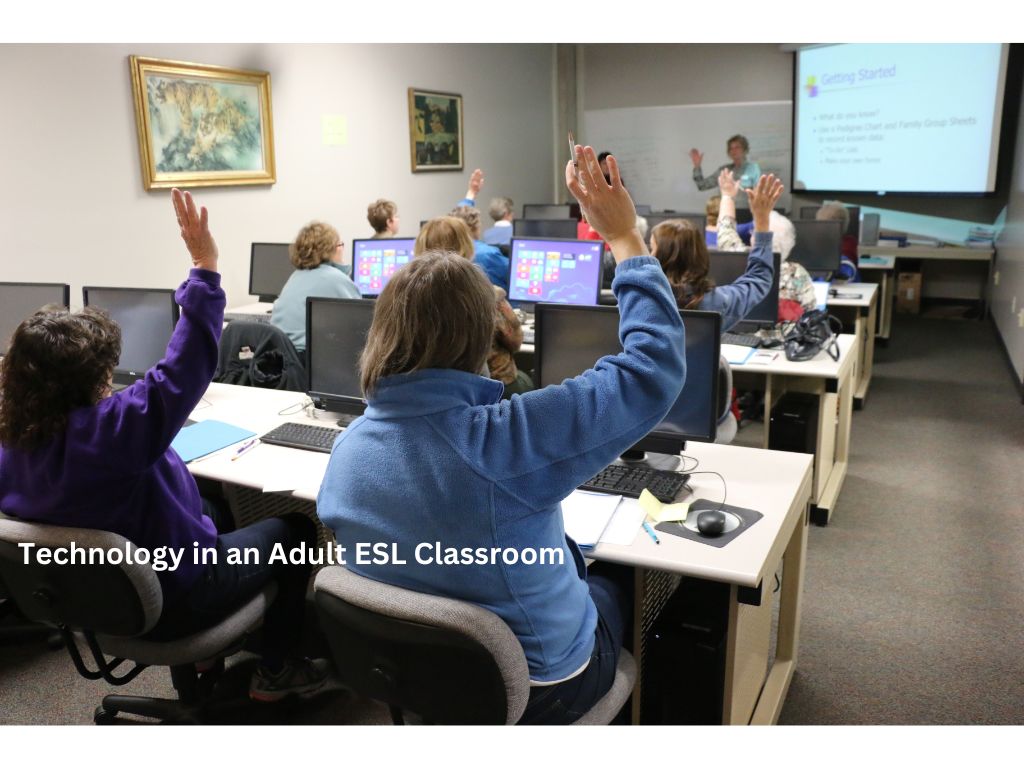
Using technology in ESL learning isn’t just about fun gadgetry. It breaks down learning barriers, offering students diverse ways to engage with language. Multimedia systems can make lessons more dynamic, while digital resources offer a wealth of information that’s accessible anytime and anywhere.
For folks stepping into the language-learning process, technology acts as a bridge to understanding. Whether it’s through translating tools or interactive lessons, there’s a tech solution to meet almost every need of an ESL student.
Incorporating technology caters to different learning styles too. Visual learners can benefit from video content, auditory learners might prefer listening activities, and hands-on learners get a kick out of interactive exercises.
Bottom line: technology not only enriches the learning experience but preps students for a digitally driven world. Every adult ESL student stands to gain when tech becomes part of their study toolkit.
Key Technological Tools in the Adult ESL Classroom
Let’s get down to the essentials. In the modern ESL classroom, laptops and smartphones are like trusty companions. These devices offer a gateway to endless learning possibilities.
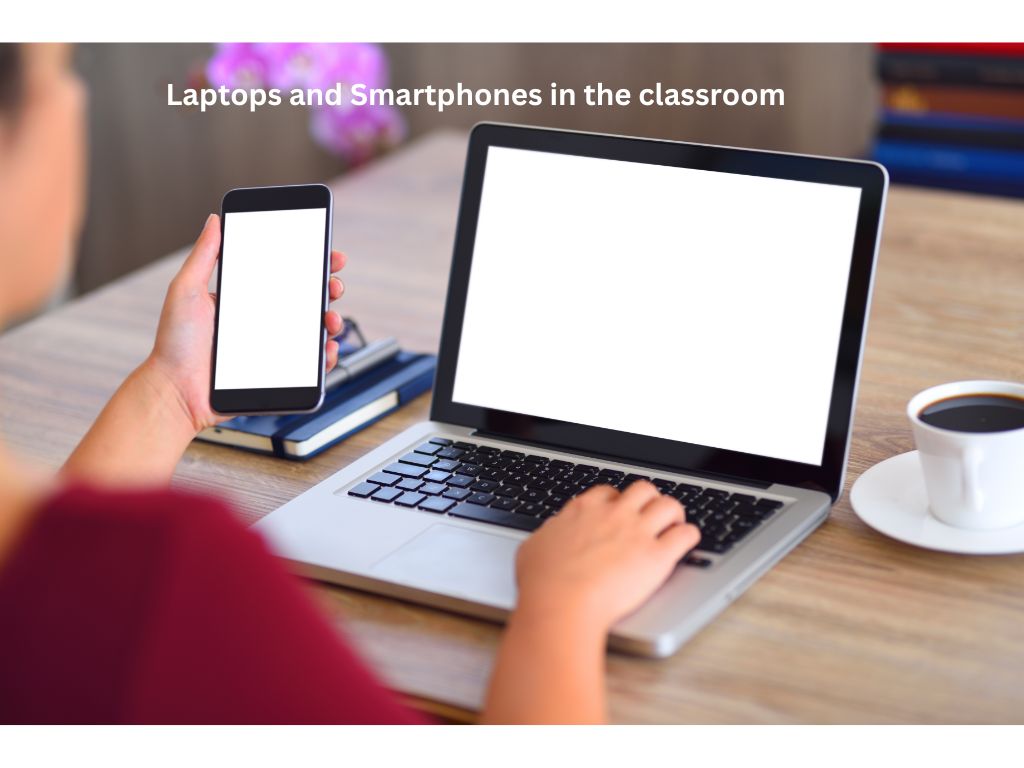
When it comes to breaking down language barriers, Google Translate is a trusty sidekick. While it’s not 100% perfect, it’s incredibly helpful in a pinch. It’s handy for translating a difficult word or phrase quickly, helping students feel more confident when navigating English.
Burlington English and USA Learns are online platforms that provide structured learning experiences tailored for ESL students. They balance formal learning with interactive elements, making sure students stay engaged and can progress at their own pace.
Google Translate and online platforms like these are great, but don’t overlook the value of comprehensive platforms such as Burlington English. They combine listening, speaking, and reading exercises to cater to all aspects of language learning. With these tools, students can get a balanced education that goes beyond just textbooks.
Both platforms focus on real-world usage and practicality. For adults juggling jobs, family, and studies, learning must be efficient and relevant. These platforms offer lessons that fit into their daily lives and resonate with their experiences.
Having these tools up your sleeve helps students build their skills beyond the classroom walls and prepares them for everyday interactions. So, whether they’re ordering coffee or preparing for a job interview, they’ll feel equipped and confident.
The Power of Interactive Online Platforms
Engagement is key when it comes to learning, and interactive platforms like Quizlet and Kahoot bring lessons to life. They turn what could be dry material into engaging games and quizzes. This not only makes learning more fun but also helps cement knowledge through repetition and active participation.
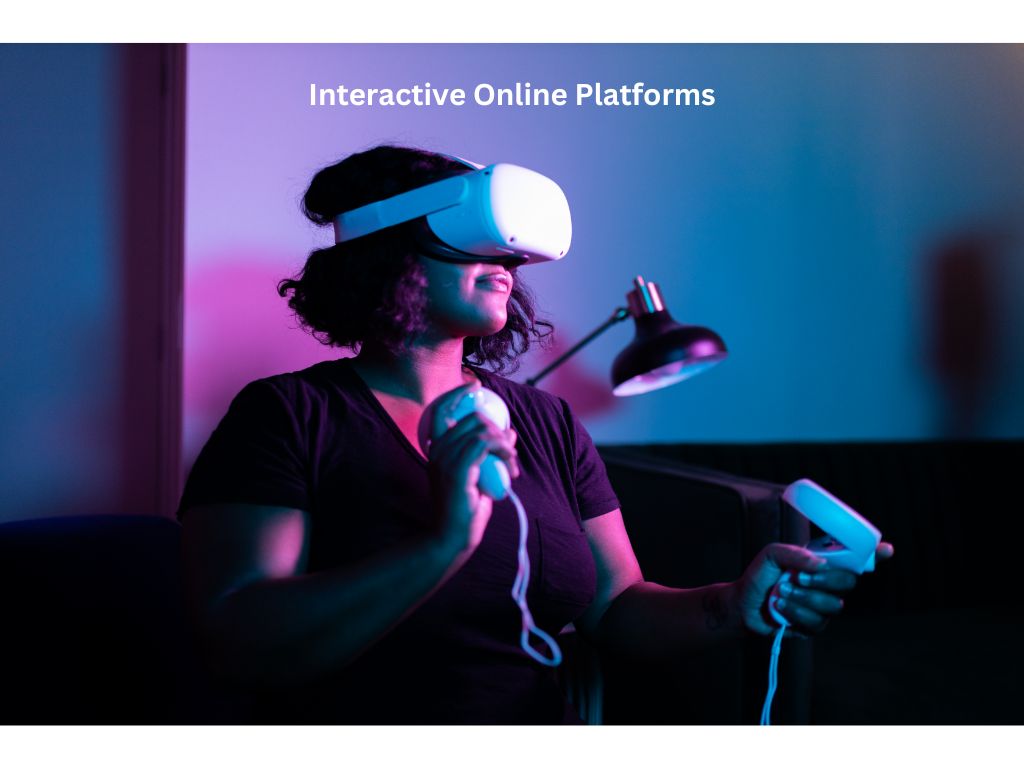
Typing skills are often overlooked, but they’re essential in a digital world. Typing.com is a fantastic resource where students can practice at their own pace. Typing might seem basic, but being quick on the keys gives students an edge, especially when they need to navigate online forms or communicate via email.
Interactive assignments through these platforms also allow you to track progress effortlessly. You can see who’s mastering the material and who might need a bit more help. It’s all about using these tools to create a supportive, responsive learning environment.
Through such platforms, learning gets a social element too. Whether it’s racing against classmates in a Kahoot quiz or collaborating on Quizlet flashcards, these activities promote teamwork and communication. These are just as important as grammar rules or vocabulary lists.
Using interactive tools turns the learning experience into a dynamic journey. With the power of these online platforms, teaching and learning English becomes something students look forward to every day.
Building a Technological Ecosystem in the ESL Classroom
Creating a centralized online presence is like having a digital classroom hub, and using your website for lessons and assignments does just that. It keeps everything organized and in one place, making it easy for students to find what they need. This approach reduces confusion and enhances focus, allowing learners to concentrate on improving their language skills.
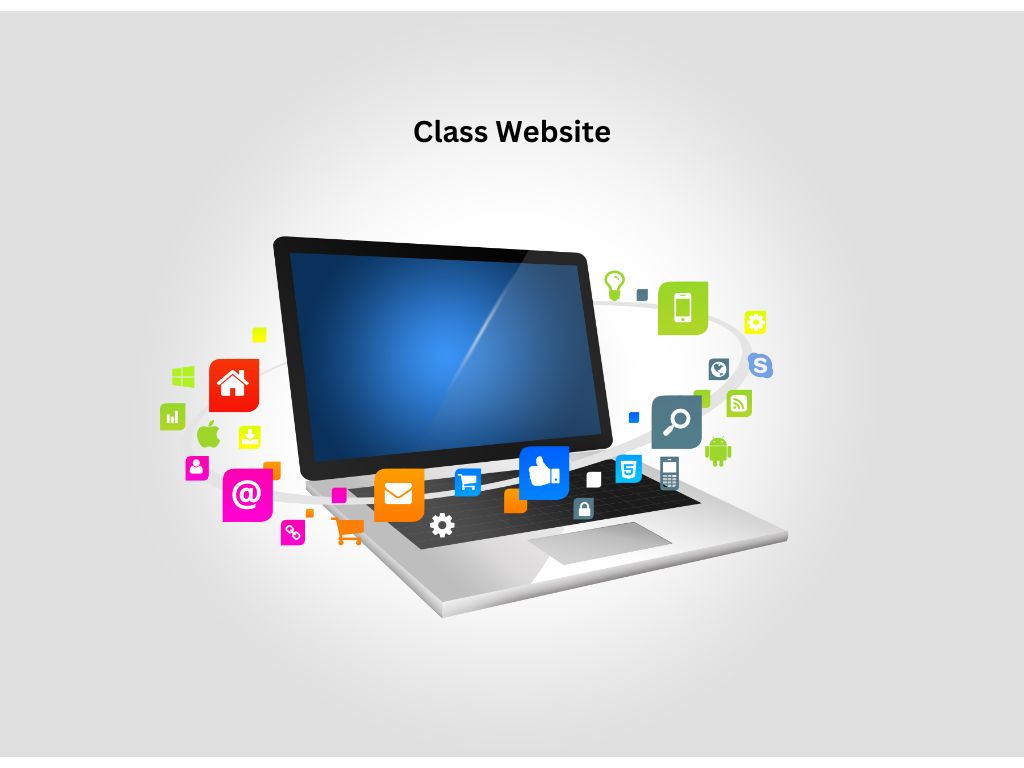
Seamless integration is the secret ingredient. By linking various tools and resources through your site, you make the learning journey smoother for students. They don’t have to switch between multiple platforms or struggle with inconsistent interfaces. It’s all about maximizing convenience and minimizing hassle.
Empowering students with tech skills goes beyond classroom time. It’s about giving them the confidence to tackle real-world tasks independently. By teaching them how to navigate tech tools, you’re setting them up for success both within and outside of the learning environment.
All this tech stuff isn’t just for show – it prepares students for an increasingly digital world, ensuring they’re as adept with technology as they are with language. By creating a technological ecosystem in your classroom, you help students develop valuable digital literacy skills that’ll serve them well in any corner of the globe.
Leave comments and questions in the space below.

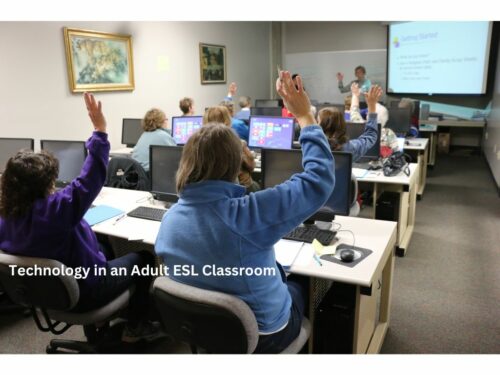
Great article! I think it’s great that technology can help adults learn English. I’ve never heard of some of these tools, but I’m glad they’re available to help others. Google Translate seems really helpful for quickly understanding new words. It’s nice to see that there are so many different ways to learn, which is especially useful for people with busy lives. Technology really seems to make learning more accessible.
Hi AJ, thanks for your comments.
KBob